The National Gallery, London – 12 Breathtaking Paintings By Monet, Van Gogh, Michelangelo & Other Great Painters
The National Gallery is a famous art museum located in Trafalgar Square, London. Founded in 1824, it houses an amazing collection of masterpieces by the likes of Vincent van Gogh, Michelangelo, Rembrandt, Caravaggio, Monet, Botticelli, Raphael, Leonardo da Vinci, and more! In total, there are over 2,300 paintings dating from the 13th to early 20th century. Admission is free.
It is interesting to note that the galleries in the museum are grouped by time range; for example, Rooms 51 to 66 contain works that were painted between 1200 and 1500, while Rooms 2-14 are home to paintings dated 1500 to 1600. Therefore, you will be able to see the evolution of painting styles over time as you proceed through the galleries.
This was what I did, walking from Room 51-66 (1200 to 1500), to Rooms 2-14 (1500 to 1600), to Rooms 15-13 (1600 to 1700), and finally to Rooms 33-46 (1700 to 1930). I did not visit every single room, but I did manage to check out a few paintings from each era.
I highly recommend that you decide which paintings you want to see before going down so that you can have a more efficient visit.
To give you a rough estimation, it took me about 2 hours to get through 12 paintings. You can check out the National Gallery floorplan to plan your tour.
As you can imagine, it was an amazing experience to see these world-famous paintings in The National Gallery! Below are my 12 favourite paintings, arranged chronologically based on when they were painted. Click on the paintings to enlarge them and admire their beauty in detail.
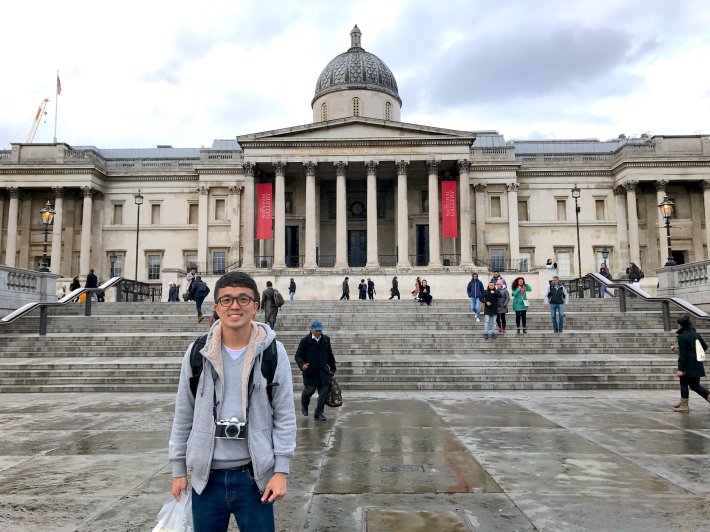
Dates 1200 to 1500
1. The Battle of San Romano
This painting depicts The Battle of San Romano, a skirmish which took place between the Florentines and Sienese in 1432. The victorious Florentines are led by Niccolò da Tolentino, who is riding a white charger. He is identified by the ‘Knot of Solomon’ motif on his banner.
This painting is significant because it reveals the development of linear perspective in early Italian Renaissance painting. In the foreground, broken lances and a dead soldier are carefully arranged into orthogonals, so as to create an impression of perspective.
As for the background, the landscape rises up in a picture plane as opposed to receding deeply into space, similar to that of a tapestry. This illusion of a backdrop and perspective theme resembles a stage, thereby portraying the war as a theatrical ceremony.
This panel is one of a set of three paintings depicting incidents from the same battle. The other two are in the Louvre (Paris) and the Uffizi (Florence).
The three paintings were designed to be hung high on three different walls of a room. Therefore, the perspectives were designed with that height in mind, which accounts for many apparent anomalies when the paintings are seen in photos or at normal gallery height.
Many areas of the painting were covered with dazzling gold and silver leaf. However, it has since become dull due to the passage of time and early restoration.
Location: Room 59
2. Venus and Mars
This painting shows the Roman gods Venus (goddess of love), and Mars (god of war). Venus watches Mars sleep while two infant satyrs play, carrying his helmet and lance as another rests inside his breastplate under his arm. A fourth blows a small conch shell in his ear in an unsuccessful effort to wake him.
The clear implication is that the couple have been making love, and the male habit of falling asleep after sex was a regular subject for ribald jokes in the context of weddings in Renaissance Italy. The lance and conch can be read as sexual symbols.
In the foreground, a swarm of wasps hovers around Mars’ head. The wasps probably represent the Vespucci family that may have commissioned the painting. The family’s coat of arms included wasps, as their name means “little wasps” in Italian.
On the whole, the painting is widely seen as representation of an ideal view of sensuous love.
It was probably intended to commemorate a wedding, set into panelling or a piece of furniture to adorn the bedroom of the bride and groom. This is suggested by the wide format and the close view of the figures.
Location: Room 58
3. The Virgin of the Rocks
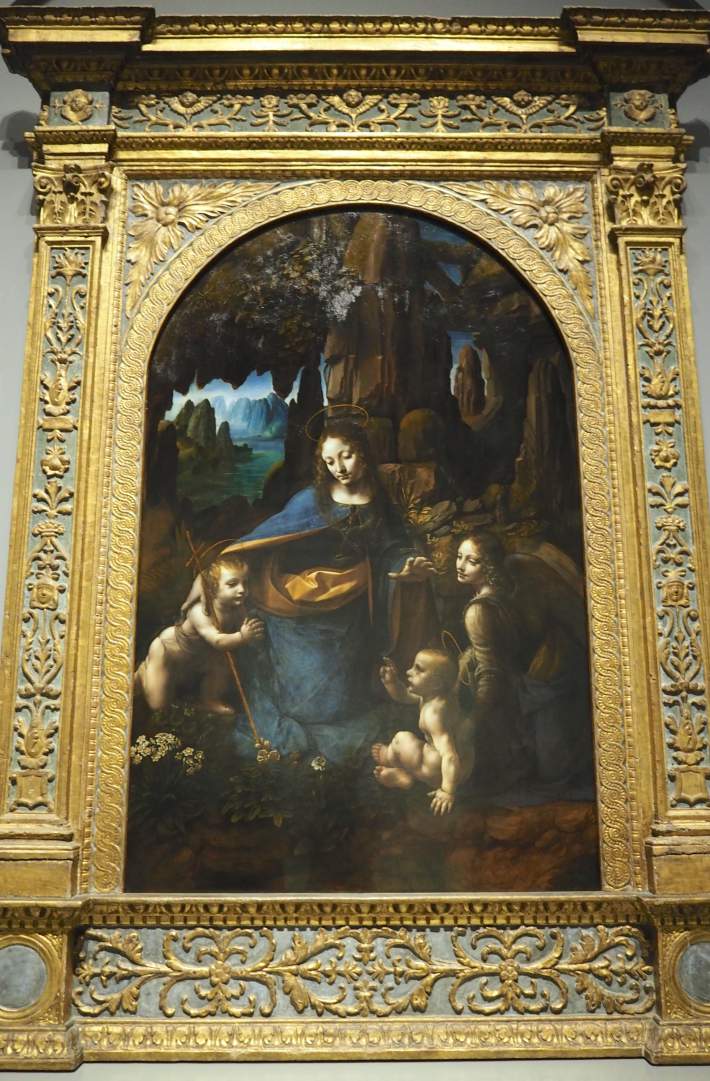
This painting shows the Virgin Mary and her child Jesus with the infant John the Baptist and angel Uriel, in a rocky setting which gives the painting its name.
The Virgin connects the two infants by holding out one hand above Jesus, while touching John’s shoulder with another.
This impressive, large painting is a highly original interpretation of the doctrine of the Immaculate Conception, which entailed the belief that though born of human parents, the Virgin is free from original sin by virtue of the merits of her Son.
By showing the Virgin as an image of almost supernatural beauty, surrounded by a landscape that appears untouched by human hands – a natural yet also idealised world – Leonardo’s creation emphasises the Virgin’s role as the perfect intermediator for Mankind.
The rocky setting that is referenced in the work’s title may in addition refer to the world at the dawn of the time, or to the desert in which Christ lived after his flight into Egypt, or both.
Interestingly, there is another painting of The Virgin of the Rocks (also by Leonardo) at the Louvre Museum in Paris. The two paintings are almost identical, with the only significant compositional differences being the gaze and right hand of the angel Uriel.
However, there are many other minor ways in which the two works differ, including the colours, the lighting, the flora, and the way in which sfumato has been used.
The complete histories of the two paintings are unknown, which has led to speculation about which of the two is earlier.
Location: Room 66
4. The Madonna of the Pinks
In this painting, the youthful Virgin delights in playing with her child. Christ’s attention has been caught by the carnations (or pinks) symbolic of divine love, that she offers him.
Raphael transforms the familiar subject of Madonna and Child into something entirely new. The mother and son are no longer posed stiffly and formally as in paintings by earlier artists, but now display all the tender emotions one might expect between a young mother and her child.
In excellent condition, this little painting, made for private devotion, displays Raphael’s skill in modulating light and shade in the draperies and the subtle transitions of the flesh.
Also impressive is his delicate handling of details such as the translucent veil passing over the Virgin’s ear and braided hair. All comes together to capture a tender moment between mother and child.
Location: Room 61
Dates 1500 to 1600
5. The Ambassadors
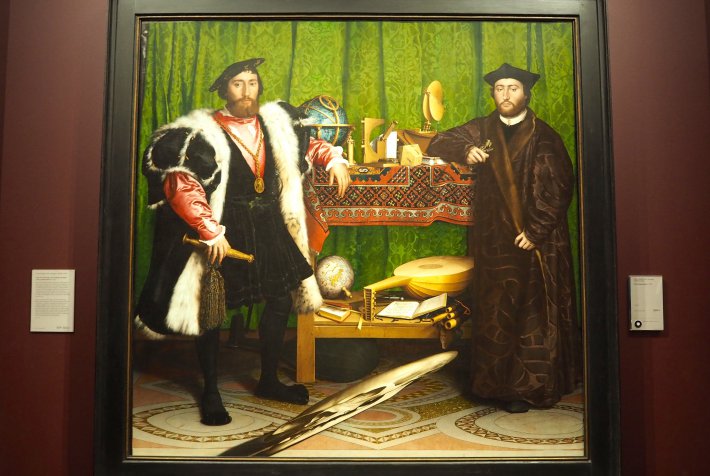
This picture memorialises two wealthy and educated young men. On the left is Jean de Dinteville, French ambassador to England in 1533. The inscription on his dagger reveals he is 29 years old.
To the right stands his friend, Georges de Selve, Bishop of Lavaur, who acted on several occasions as ambassador to the Emperor, the Venetian Republic and the Holy See. The book on which he rests his arm indicates he is in his 25th year.
The picture is in a tradition showing learned men with books and instruments. It was painted for Dinteville and hung in his family house in Polisy, Champagne. Polisy is marked on the globe next to him.
The meaning of the objects on the shelves has been much debated. The broken string of the lute is symbolic if discord, perhaps the political and religious disharmony in Europe at the time of the Reformation.
On the floor between them is a distorted skull. When viewed from the right-hand side, the perspective corrects itself and the symbol of mortality becomes clear.
In the top left-hand corner of the picture (partially obscured) is a silver crucifix, a reminder of the Christian promise of salvation.
Perhaps the two powerful young men wanted to immortalise themselves by asking Hans Holbein the Younger, considered to be one of the greatest portraitists of the 16th century, to paint their portraits.
Location: Room 4
Dates 1600 to 1700
6. The Supper at Emmaus
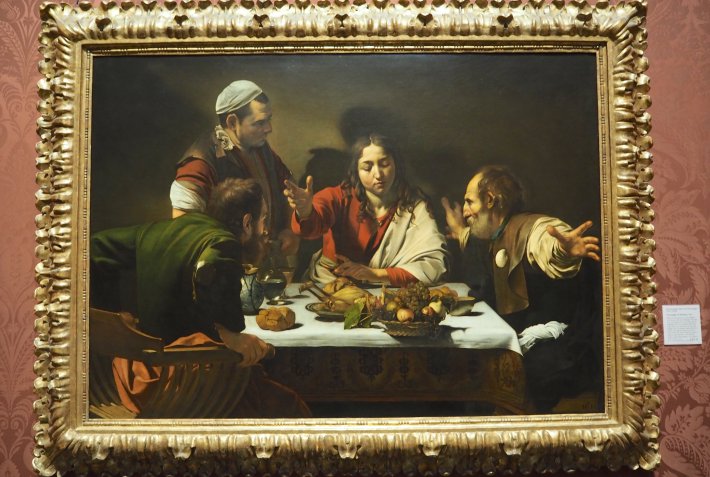
This painting depicts the moment when the resurrected Jesus reveals himself to two of his disciples (presumed to be Luke and Cleopas) in the town of Emmaus (Luke 24: 30–31).
Cleopas, wearing the scallop shell of a pilgrim, throws his arms wide in astonishment. Luke, wearing torn clothes starts out of his chair. The inn-keeper appears oblivious to the event.
Caravaggio’s innovative treatment of the subject makes this one of his most powerful works. The depiction of Christ is unusual in that he is beardless, and great emphasis is given to the still life on the table, in particular the basket of food which teeters perilously over the edge.
It is a recurring theme in Caravaggio’s paintings to find the sublime interrupting the daily routine (in this case a simple meal at the inn).
Location: Room 31
7. Samson and Delilah
This painting depicts an episode from the Old Testament story of Samson and Delilah (Judges 16: 17-20). Samson was a Hebrew hero known for fighting the Philistines. His Nazirite vows forbade the cutting of hair; in return, God gave him great strength.
Having fallen in love with Delilah, who has been bribed by the Philistines, Samson tells her the secret of his great strength: his uncut hair.
While Samson is asleep, a young man cuts his hair, draining his strength so that the Philistines soldiers (in the right-hand background of the painting) are able to capture him. The man snipping Samson’s hair is crossing his hands, which is a sign of betrayal.
The painting is noteworthy for the masterful and elaborate painting of the draperies and for the absence of blue pigments. Dramatic lighting reflects Rubens’s influence by the naturalistic paintings of Caravaggio.
Location: Room 18
8. Self Portrait at the Age of 34
This portrait shows Rembrandt at the height of his career, presenting himself as wealthy, successful, and confident, in keeping with his position as one of Amsterdam’s leading painters. It is one of over forty painted self-portraits by Rembrandt.
His pose is taken from Titian’s Man with a Quilted Sleeve, which was then thought to depict the Italian poet Ludovico Ariosto. Copying this famous pose was a bold statement: that painters were the equal of poets.
Location: Room 22
9. The Toilet of Venus (‘The Rokeby Venus’)
Venus reclines on a bed before the mirror held up by a winged Cupid. Even though it seems like she is looking at herself, the mirror is actually reflecting her face in the viewer’s direction, suggesting that she is observing the viewer rather than herself. This phenomenon is known as the Venus effect.
This is the only surviving example of a female nude by Velázquez. Nudes were very rare in Spain at the time because it was strongly disapproved by the Spanish Church. During the 19th century, the painting was displayed at Rokeby Park, hence its subtitle.
Location: Room 30
Dates 1700 to 1930
10. Bathers at La Grenouillère
This painting depicts bathers in a swimming area near La Grenouillère, which was a popular middle-class resort consisting of a spa, a boat-hire establishment and a floating café.
Monet spent the summer of 1869 working at this popular cafe and bathing place on the Seine near Bougival. He probably set up his easel on a platform in front of the cafe. He was accompanied by Renoir, who also painted the scene at the same time.
The exceptionally free handling of Monet’s painting may in part be due to the canvas being a sketch for what was to be a more ambitious composition painted back in the studio.
Location: Room 44
11. Sunflowers
This is one of four paintings of sunflowers dating from August and September 1888. Van Gogh intended to use these paintings to decorate the guestroom of his rented home in Arles. This was because he wanted to welcome and impress his friend Gauguin, who would be staying in the guestroom.
Van Gogh’s paintings of Sunflowers are among his most famous. With these beautiful paintings, he demonstrated that it was possible to create an image with numerous variations of a single colour, without any loss of eloquence.
Location: Room 43
12. Bathers (Les Grandes Baigneuses)
In this painting, 11 female figures repose in an imaginary landscape bordered by trees. It is one in a series of Bather paintings by Cézanne.
Interestingly, the forms of the landscape mirror the women’s sculptured bodies. In addition, the bodies and the main features of the background are outlined in blue, heightening the serene atmosphere and suggesting unity between people and nature.
With each version of the Bathers, Cézanne moved away from the traditional presentation of paintings, intentionally creating works that would not appeal to the novice viewer.
He did this to avoid fleeting fads and give a timeless quality to his work, and in so doing paved the way for future artists to disregard current trends and paint pieces that would appeal equally to all generations.
Location: Room 41
Map (click to enlarge)
I have indicated in the above map the locations of the 12 paintings. They are all located on level 2. If you are lazy to plan, you can simply use this map during your museum visit. It should take around 2 hours to see all of them.
Despite having the floor plan, I still found the museum rather confusing to navigate. Luckily, there were many helpful staff around who provided me with directions.
Beautiful Museum Interior
I enjoyed walking around the beautiful museum, which has a clean design and lots of open space. It didn’t feel crowded and I was able to admire the paintings comfortably.
The National Gallery (London)
Address: Trafalgar Square, Charing Cross, London WC2N 5DN, United Kingdom
Directions: 4-minute walk from Charing Cross Station
Opening Hours: Daily 10am to 6pm, Opens till 9pm on Fridays.

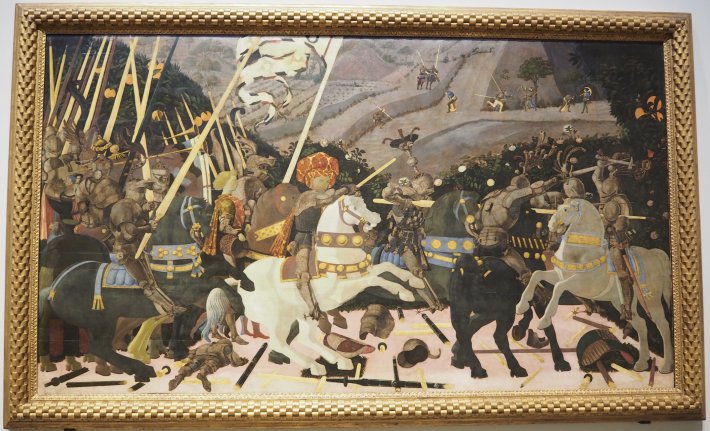
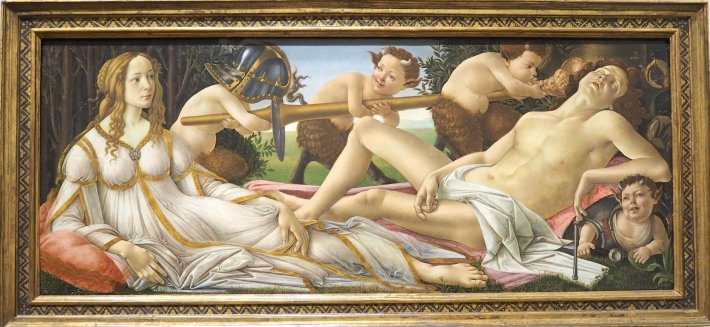
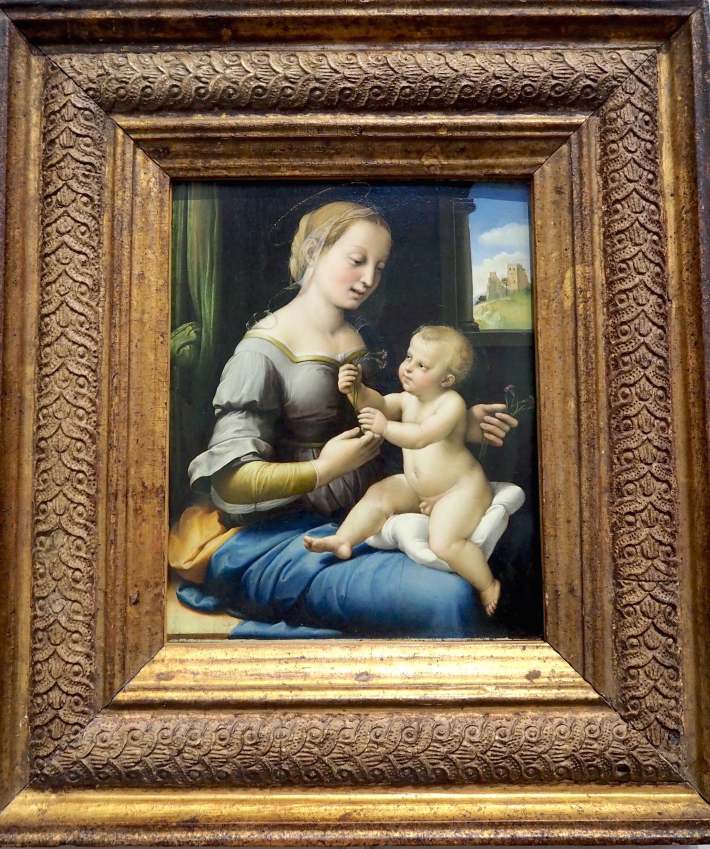
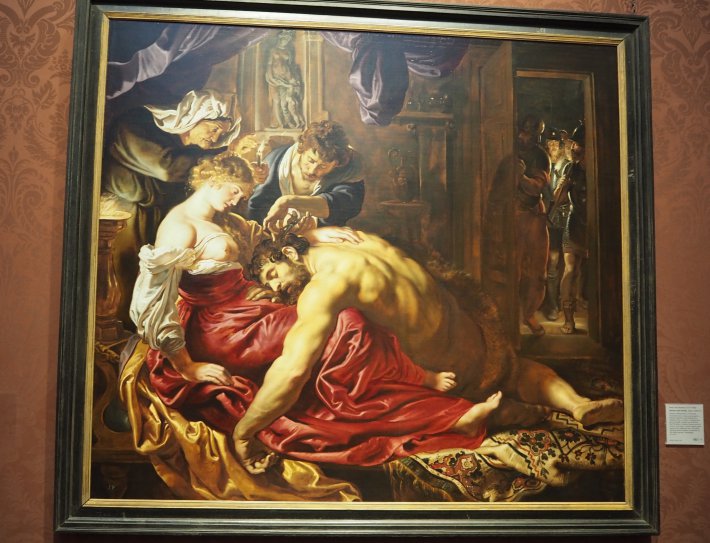
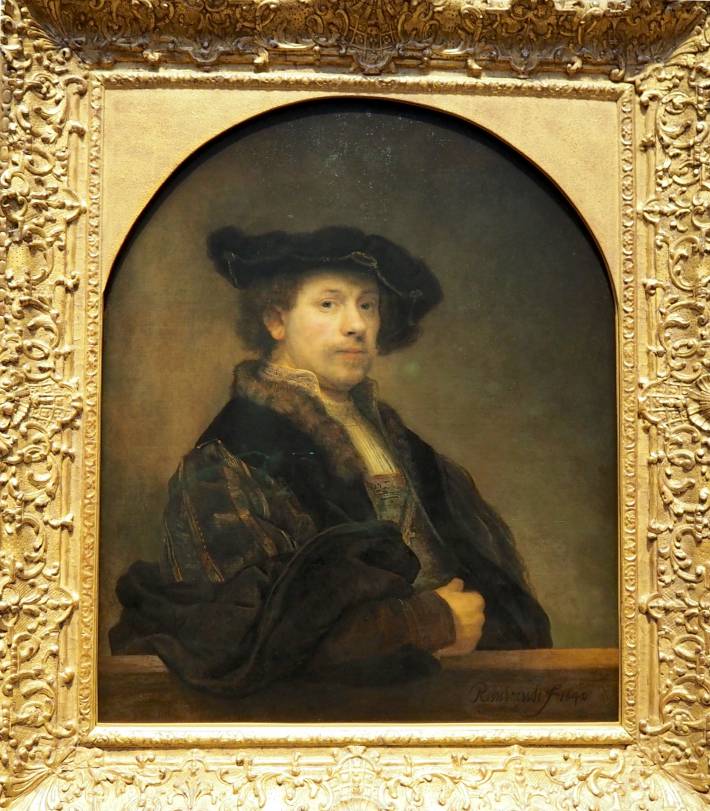
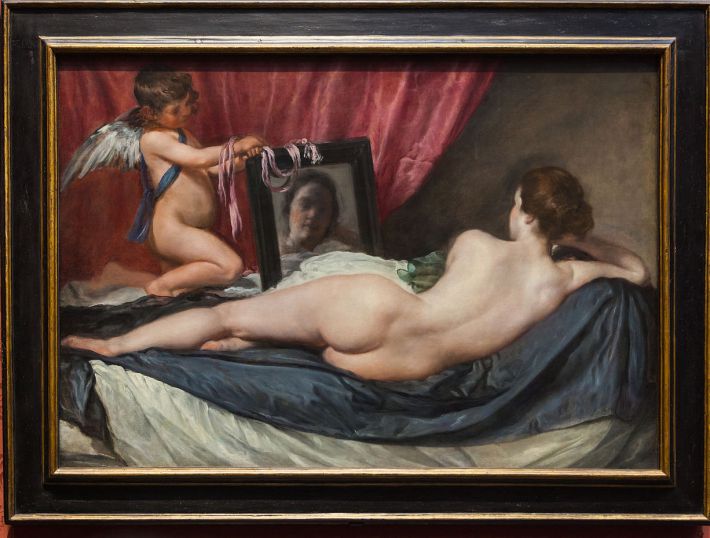

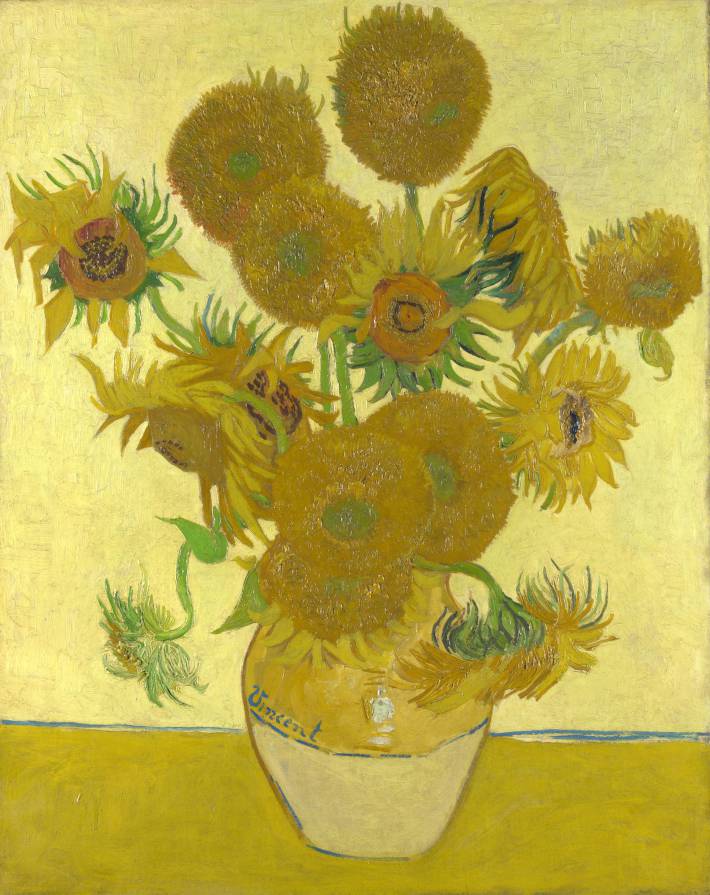
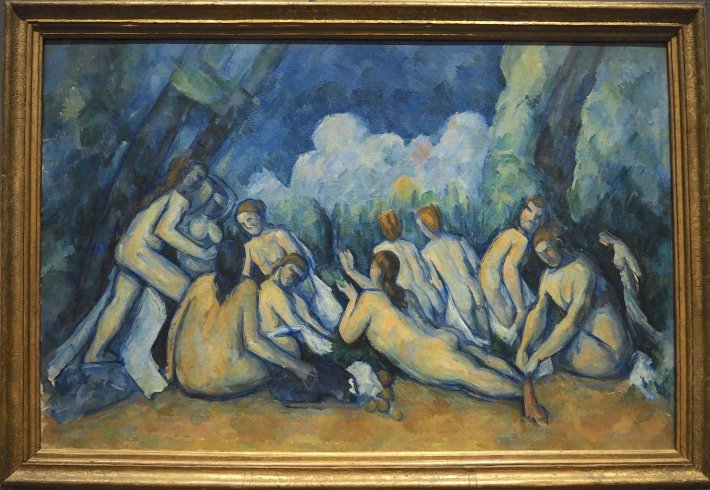
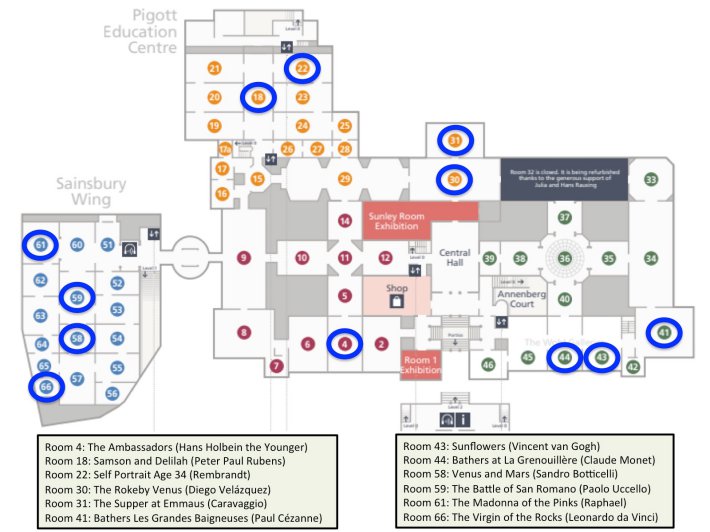
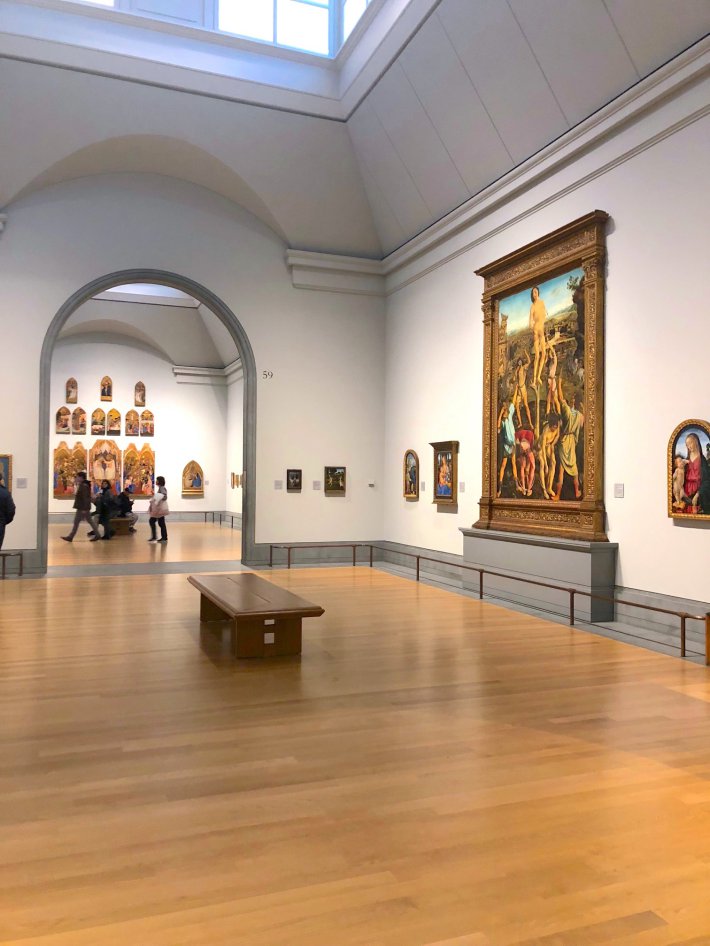
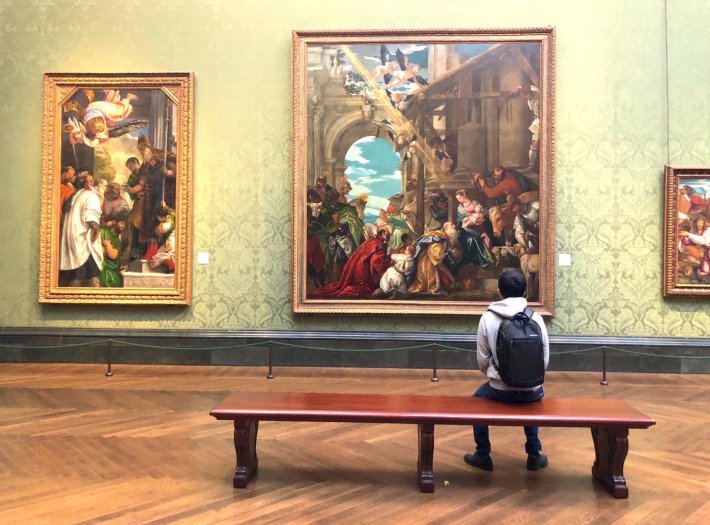
No comments yet